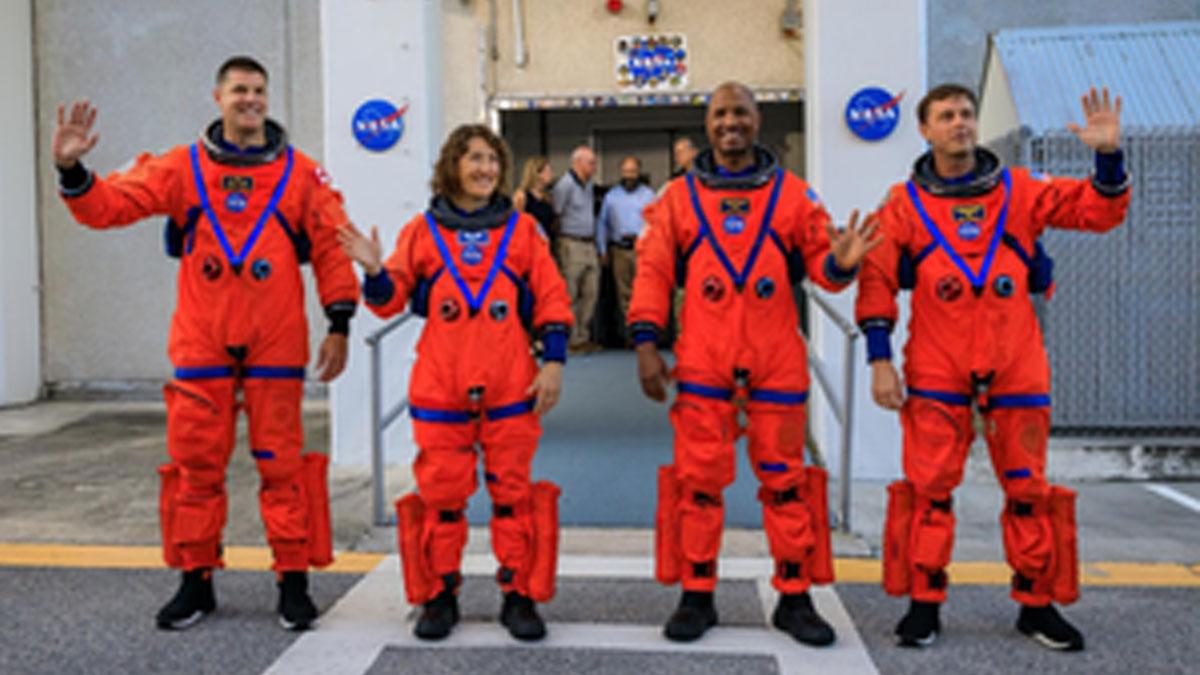The United States' space agency has rescheduled its manned Artemis mission to the Moon, now targeting 2025 to accomplish the historic feat of sending the first woman and the first person of color to the lunar surface.
The revised timeline sets September 2025 for Artemis II, the initial crewed Artemis mission encircling the Moon, and aims for September 2026 for Artemis III, intended to land astronauts near the lunar South Pole. Artemis IV, designated as the inaugural mission to the Gateway lunar space station, remains slated for 2028.
Originally slated for later this year, the first mission, Artemis II, has now been shifted in NASA's schedule.
Bill Nelson, NASA Administrator, emphasized the substantial advancements made since Artemis I, highlighting the significance of collaborative efforts with commercial and international partners in expanding humanity's understanding and reach within the solar system. He expressed pride in Artemis, portraying it as a testament to what can be achieved collectively as a nation and a global coalition when tackling ambitious endeavors.
The priority of ensuring crew safety primarily influenced the rescheduling of Artemis II. This mission, equipped with crew aboard the Orion spacecraft, is crucial for testing essential environmental control and life support systems pivotal for sustaining astronauts.
The investigation into the unexpected loss of char layer pieces from the spacecraft's heat shield during Artemis I is anticipated to conclude in the spring, providing critical insights for subsequent missions.
NASA's adjustment in the timeline for Artemis III aligns with the updated schedule for Artemis II, enabling the incorporation of lessons learned from the latter into the subsequent mission. It acknowledges developmental obstacles encountered by NASA's industry partners.
Catherine Koerner, associate administrator of Exploration Systems Development Mission Directorate at NASA Headquarters, emphasized the agency's focus on letting the hardware dictate decisions to prioritize crew safety. Artemis II and subsequent flights will serve as opportunities to minimize risks for future Moon missions.
The agency has directed Artemis human landing system providers, SpaceX and Blue Origin, to leverage their acquired knowledge in refining their systems for potentially transporting large cargo in subsequent missions, building upon their existing contracts.
Amit Kshatriya, manager of NASA's Moon to Mars Program Office, emphasized the meticulous approach required for Artemis, underscoring the necessity to perfect foundational systems to ensure the safety and success of future missions, encompassing lunar science with astronauts and preparing for eventual human voyages to Mars.
(With Agency Inputs)
ALSO READ | NASA's OSIRIS-REx set to return to Earth on Sep 24 with 1st-ever asteroid samples
ALSO READ | NASA's Artemis missions will establish first long-term human presence on lunar surface


















